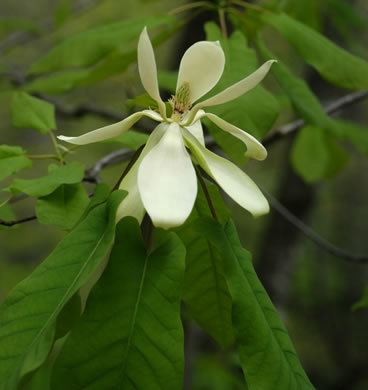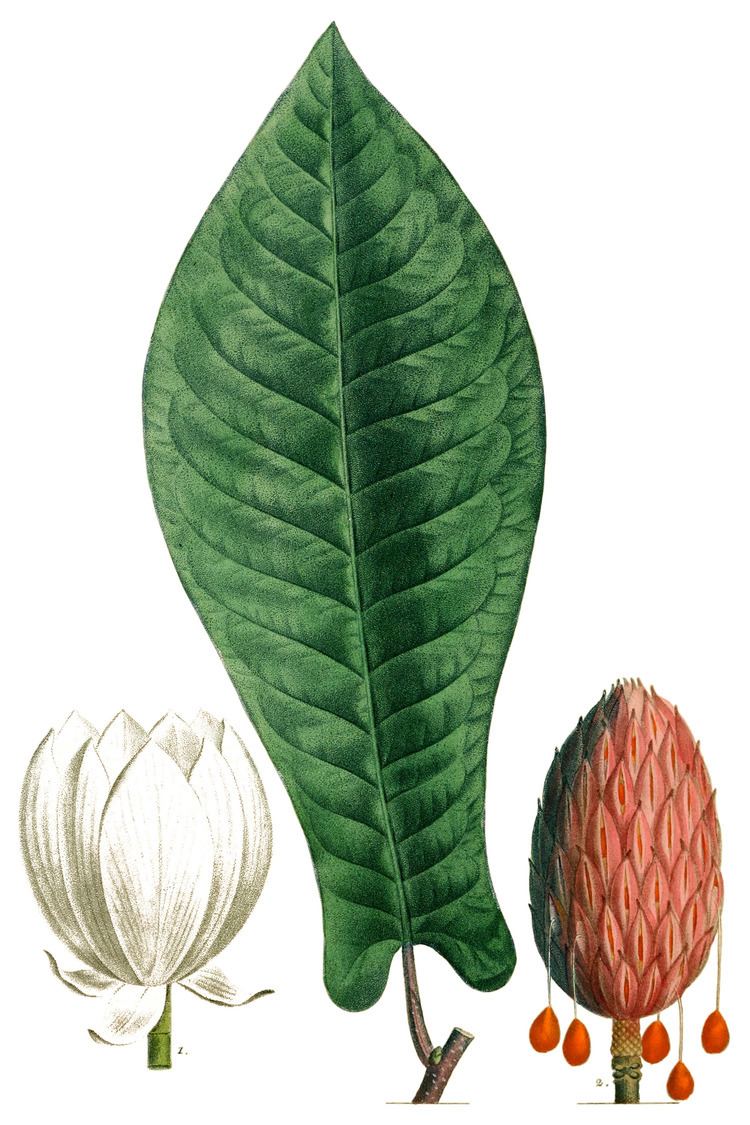Scientific name Magnolia fraseri Rank Species | Genus Magnolia Section M. sect. Auriculata Higher classification Magnolia | |
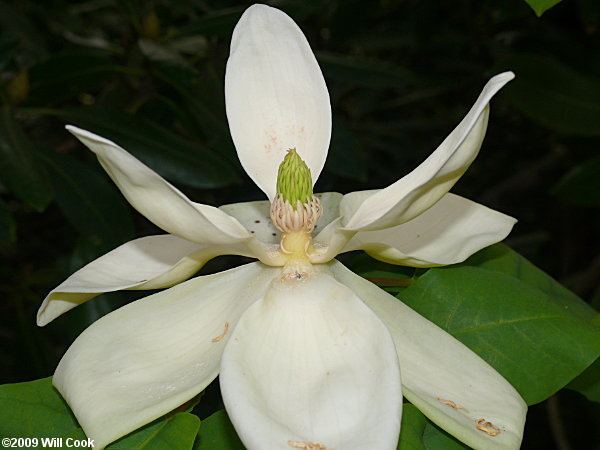 | ||
Similar Magnolia, Magnolia macrophylla, Magnolia tripetala, Magnolia acuminata, Magnoliaceae | ||
Magnolia fraseri (Fraser magnolia, mountain magnolia, earleaf cucumbertree, or mountain-oread), is a species of Magnolia native to the southeastern United States in the southern Appalachian Mountains and adjacent Atlantic and Gulf Coastal Plain from West Virginia south to northern Florida and west to eastern Texas. The Appalachian plants are classified as Magnolia fraseri var. fraseri, and the more coastal plants as M. fraseri var. pyramidata. These two kinds of magnolia are often recognized as distinct species, M. fraseri and M. pyramidata, respectively.
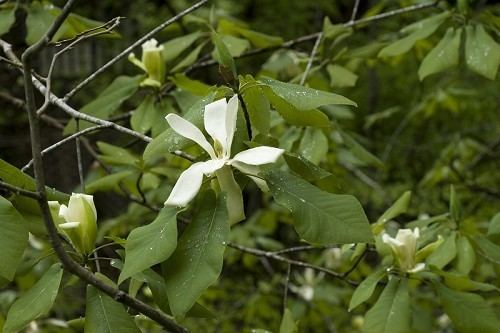
Fraser magnolia is a small, deciduous tree growing to 14 m (40 ft) tall, as a basal-branching, fragrant plant, with brown bark with a "warty" or "scaly" texture. The leaves are quite large, 15–25 cm (rarely up to 53 cm) long and 8–18 cm (rarely up to 29 cm) broad, with a pair of auricles (or "ear-lobes") at the base and an entire margin; they are green above and glaucous blue-green below. The showy white flowers are 16–25 cm in diameter with nine tepals; they open in late spring or early summer, after the foliage. The fruit is a woody, oblong, cone-like structure (like all Magnolias) 6.5–12 cm long, covered in small, pod-like follicles each containing one or two red seeds that hang out from the cone by a slender thread when ripe. A good seed crop occurs only about every 4–5 years. Reproduction is accomplished by both seed and vegetative sprouts. The fruit is eaten by wildlife, helping disperse the seeds.

This tree grows best on rich, moist, well-drained soil. The very large showy white flowers and large-leaved, coarse-textured foliage make this an attractive ornamental tree, but otherwise it has little commercial value. It is sometimes cultivated in North America as a native alternative to exotic magnolias, and can be grown a considerable distance north of its natural range if given conditions favorable to its growth.

There are two varieties:
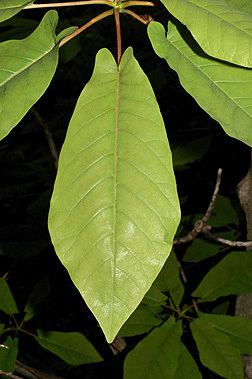
The bigleaf magnolia (Magnolia macrophylla) also has auriculate-lobed leaves.
Fraser Magnolia is named for the Scottish botanist John Fraser (1750–1811), who collected extensively in the Appalachian Mountains.
